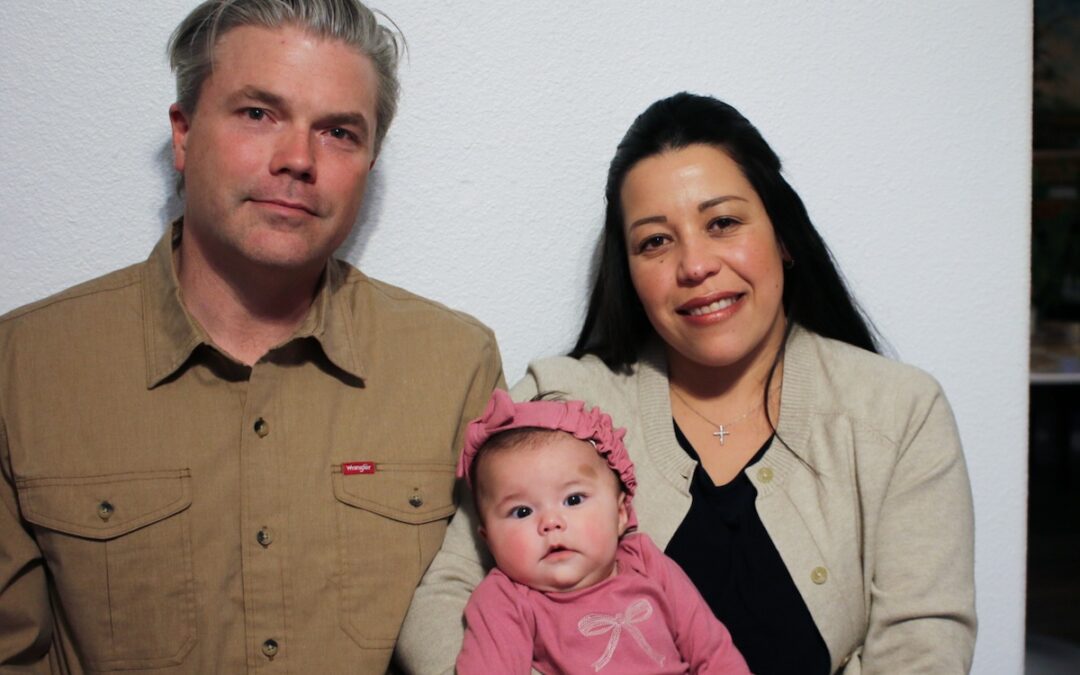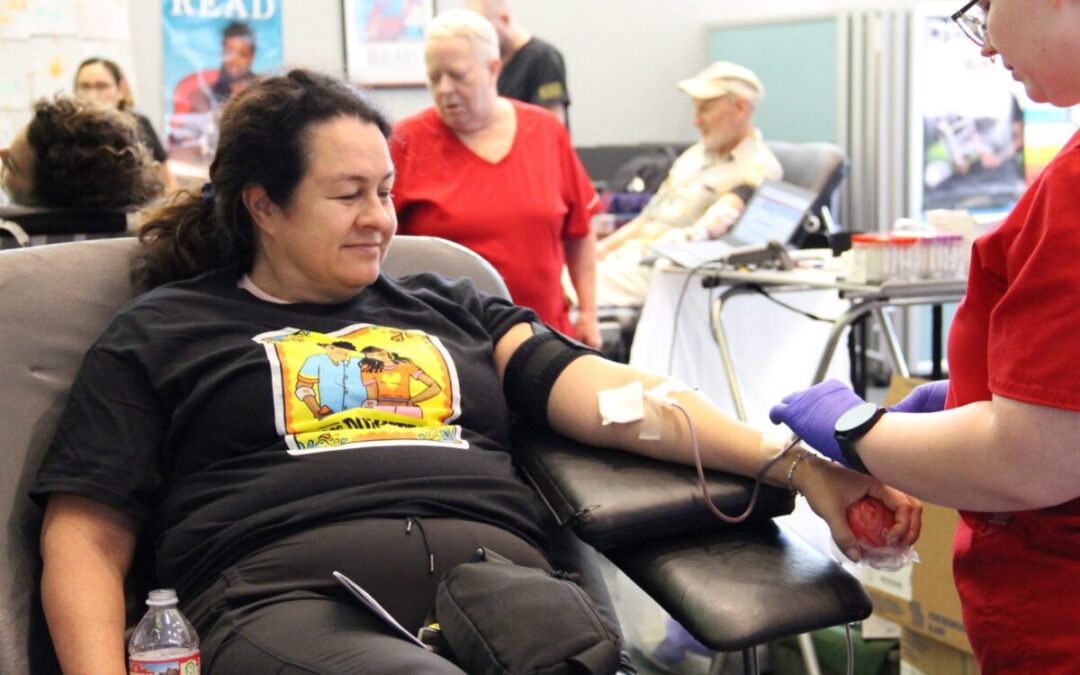WASHINGTON – The Biden administration targeted 10 prescription drugs Tuesday as part of the first-ever Medicare price negotiation, a move that it said could benefit 9 million beneficiaries – including 165,000 in Arizona.
The medications, which are used to treat heart failure, blood clots, diabetes, arthritis, Crohn’s disease, and more, account for the highest spending for drugs in Medicare Part D, and cost Medicare enrollees an estimated $3.4 billion in out-of-pocket expenses last year.
The move is part of the Inflation Reduction Act, which requires the government to cap out-of-pocket prescription expenses for Medicare enrollees at $2,000 by 2025. The act also requires the Department of Health and Human Services to negotiate prices for drugs with pharmaceutical companies, a move the Congressional Budget Office estimates could save $160 billion for taxpayers.
“We are here today with the firm belief that in the United States of America, no senior should ever have to choose between whether they are able to fill a prescription or fill their refrigerator with food,” Vice President Kamala Harris said at an event to unveil the list.
But seniors would not see those savings before 2026 – if they see them at all. Several healthcare groups and pharmaceutical manufacturers have already sued to block the price-setting parts of the law, which they claim is unconstitutional.
Stephen J. Ubl, president and CEO of the Pharmaceutical Research and Manufacturers of America, said the law lets the government “unilaterally set the price of medicines.”
“The price-setting provisions in the IRA are bad policy,” Ubl said in a videotaped statement on the filing of a federal lawsuit in June. “They threaten our industry’s ability to research and develop new treatments and cures, they put access to innovative medicines at risk for Americans today and in the future, and they jeopardize providers’ ability to proscribe the treatments they believe are in the best interest of their patients.”
But the executive director of the American Public Health Association said that all the law requires is that the government sit down and negotiate “with the pharmaceutical companies as we do with everything else the government buys.”
“It’s a start, and it’s the announcement of the negotiation period,” Dr. Georges Benjamin said. “The time has come for this to really happen. I think this is fair for both the patients and taxpayers, and actually the pharmaceuticals won’t be hurt by this, they just need to do a better job at allocating their budgets.”
Out-of-pocket payments for Arizona recipients in 2022 ranged from $126 for insulin treatments Flasp and NovoLog to $6,319 for Imbruvica, a cancer treatment drug. Arizona generally fell in the middle of the pack for patient payments compared to other states, according to data from HHS.
North Dakota was most expensive for everything but NovoLog and arthritis drug Stelara, where it was topped by Iowa and Nebraska, respectively. Payments were cheapest for District of Columbia residents for everything but Imbruvica, where Alaska had the lowest cost.
Healthcare providers and advocates welcomed Tuesday’s announcement, even though many wished it had gone farther.
“The bottom line is that passing the prescription drug pricing provisions in the IRA of 2022 is better than nothing – but it’s certainly not something to write home about,” said Arizona Public Health Association Executive Director Will Humble in a blog post last year.
As he considered the White House announcement, Humble said Tuesday he was left thinking about what “could have been.”
Tuesday’s announcement was “more than it used to be, but both the president’s plan and especially HR3 which was the House plan, would have really been much more aggressive, up to 125 drugs. You see 10 listed, but it could’ve been 125.”
The 10 drugs targeted by the administration Tuesday are just the first step. The White House said that over the next four years, “Medicare will negotiate the prices for up to 60 drugs covered under Medicare Part D and Part B, and up to an additional 20 drugs every year after that.”
Negotiations on the first set of drugs will start this year and continue through 2024, with finalized prices taking effect in 2026.
“Medicare is spending tens of billions of dollars a year on prescription medication, and we all pay into that, and we deserve to get the best price for our money that the market can get,” said Rodd McLeod, a spokesperson in Arizona for Protect our Care, which works for affordable health care.
But Rep. Greg Stanton, D-Phoenix, said there is “more work to do.”
“Obviously we are just getting started with the first 10 drugs now, but we will expand the number of drugs covered in the next few years, but ultimately, ultimately, this needs to be the norm, so that all people can benefit, not just Medicare recipients,” he said.
While there is more work to do, Stanton said Tuesday’s announcement marked “a great day in America.”
“Seeing that there are people suffering from heart disease, from Crohn’s, and diabetes are now, in the not too distant future – finally going to be able to afford those medications, and not having to choose between putting food on the table and paying for the medications,” he said, “that is a great day in this country.”
For more stories from Cronkite News, visit cronkitenews.azpbs.org.

Officials investigating outbreak of Shiga toxin, possible connection to the Arizona State Fair
PHOENIX – The 17-year-old patient, clad in a light blue, patterned hospital gown and her pink and purple bonnet, sat in a hospital chair attached to...

Arizona families in limbo after sharp rise in disability spending strains state budget
PHOENIX – Nine-year-old Faith Todd has Wolf-Hirschhorn syndrome, epilepsy and autism, conditions that put her at constant risk of seizures, choking...

Flagstaff family with baby sickened by infantile botulism sues ByHeart over recalled formula
The parents of at least two babies sickened in an infantile botulism outbreak are suing the makers of the ByHeart baby formula at the heart of a...

The color of blood: Arizona hospitals call for more diverse blood donors
PHOENIX – Arizona's blood supply is in crisis. For minority patients, the shortage is even more severe. Corina Chick sat in a reclined chair at a...




